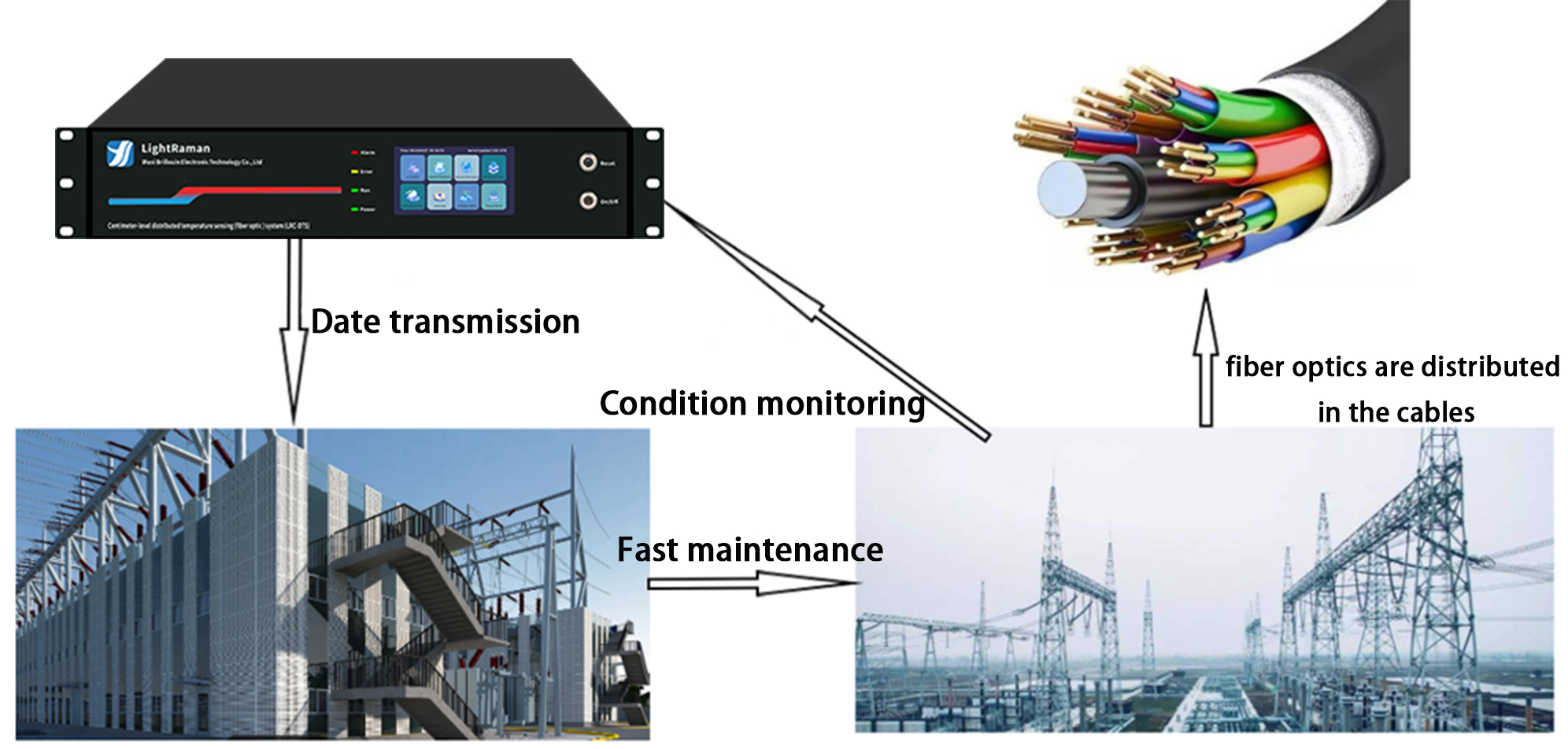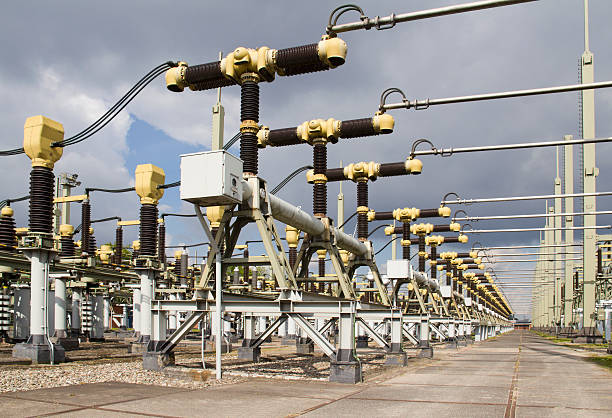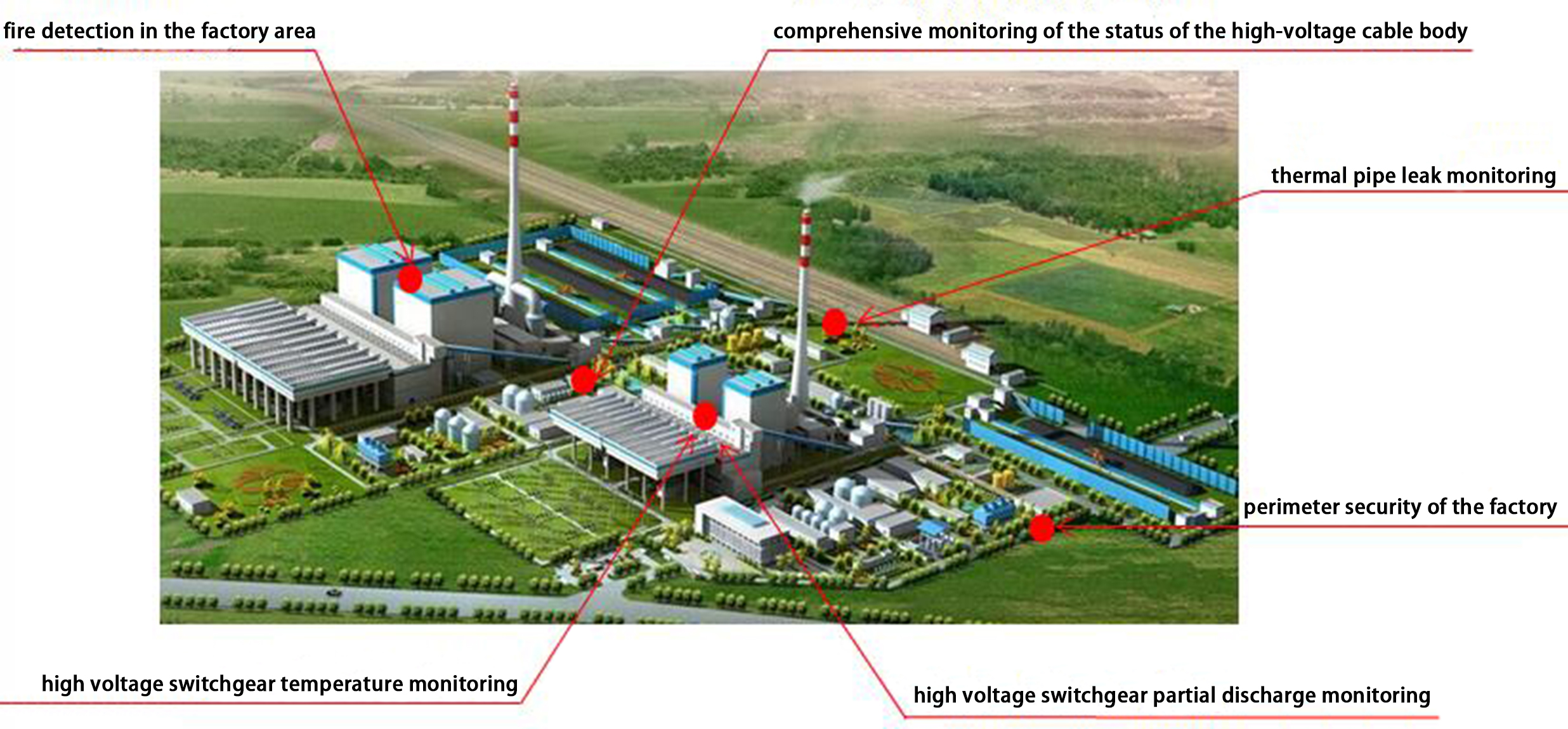Power cable monitoring solutions
Power Cable Temperature Monitoring
Power Cable Temperature Monitoring

Power cables in power plants and substations, including cable trays, cable tunnels, cable interlayers, cable trenches, cable shafts, switchgear, transformers, and resistance banks, can age and cause fires due to heating under long-term high voltage conditions. After years of investigation and research into fire incidents, it has been found that the majority of fire accidents are caused by cable insulation aging and electronic component aging. Despite the awareness of prevention, there have been numerous accidents both domestically and internationally in the past two years.

※ In July 2021, there were three incidents of casualties in the power industry nationwide, resulting in three deaths. The causes were accidental electrocution, resulting in death despite unsuccessful rescue attempts.
※ In May 2021, there were seven incidents of casualties in the power industry nationwide, resulting in seven deaths. There were six incidents of casualties in power production, resulting in six deaths.
※ In May 2019, there were six incidents of casualties in the power industry nationwide, resulting in seven deaths and two serious injuries. Among them, there were six incidents of casualties in power production, resulting in seven deaths.
In recent years, global warming has led to increasing temperatures each year during the summer, and the demand for electricity has been rising. The peak electricity load in many regions even exceeds 9 million kilowatts, and per capita annual electricity consumption is also increasing. According to statistics, the per capita electricity consumption in 2021 increased by 17% compared to 2020. Under this increase in electricity usage, it not only increases the power load on the grid but also makes high-voltage cables more prone to insulation aging and damage to electronic components, resulting in potential hazards.
Therefore, it is essential to have real-time access to the status information of high-voltage cables to prevent accidents. This is crucial for ensuring the personal safety of power workers, facilitating residential electricity use, and guaranteeing the smooth operation of the power grid.
Faults and heating in high-voltage cables and high-voltage electronic components are highly concealed. By laying temperature sensing optical fibers linearly or in an S shape inside high-voltage cables and on the surface of high-voltage electronic components, and connecting them to Brillouin centimeter-level optical temperature sensing probes, every 5 cm of optical fiber serves as a temperature sensor, enabling 24/7 real-time monitoring and instant alerts. This allows for timely detection and elimination of "incipient or growing faults" in cable tray interlayers.
When high-voltage cables or various high-voltage electronic components and connectors break or insulation ages, the temperature of the local cable or component becomes abnormal. The Brillouin distributed temperature sensing optical fiber sensor can capture these abnormalities in a timely manner and display them on the temperature distribution curve.

By using intelligent alarm algorithms and graphical analysis software, it is possible to analyze and extract the position and temperature deviation of abnormal points, enabling automatic alarm functions. Compared to similar competing products and old-fashioned products, the Brillouin distributed temperature sensing optical fiber sensor has the following multiple advantages:
1.Four channels with a length of 2.5 km, totaling 200,000 temperature sensors, allowing for not only long-distance measurement but also precise positioning.
2.Power consumption of approximately 8W, enabling 24-hour operation with low energy consumption and uninterrupted performance.
3.Insulating medium, with optical signal transmission unaffected by electromagnetic interference.
4.Long service life, lasting over 30 years excluding human factors, and easy recovery from faults.
5.Multiple-level temperature settings can be configured, such as initial alert at 30°C, advance warning at 40°C, and implementation of measures at 50°C. It can also be adjusted according to the actual on-site conditions.
No previous





